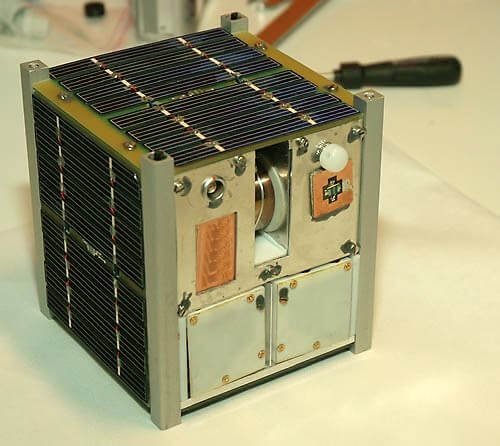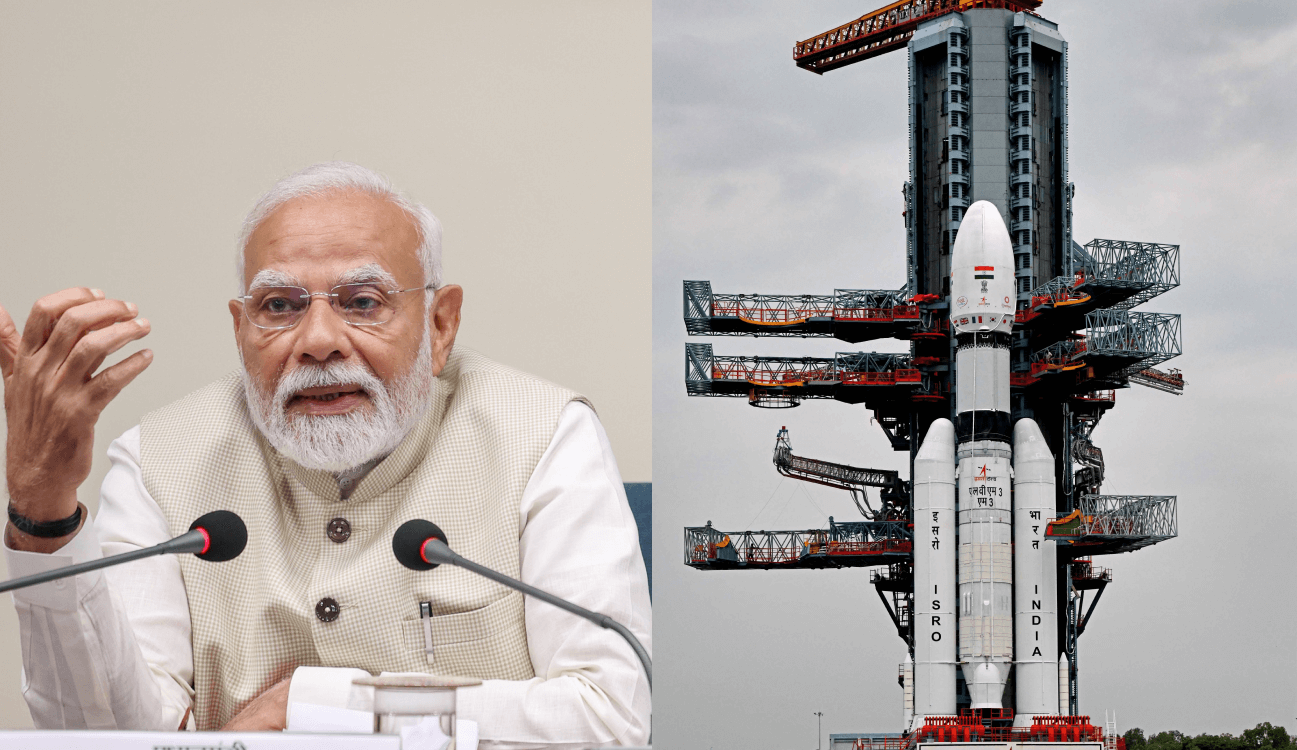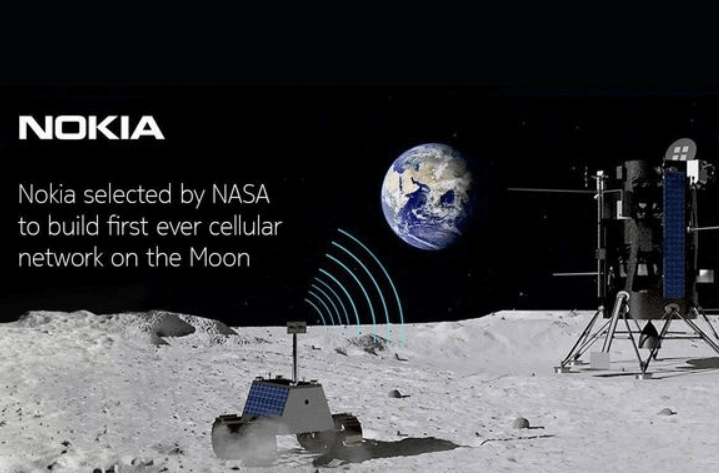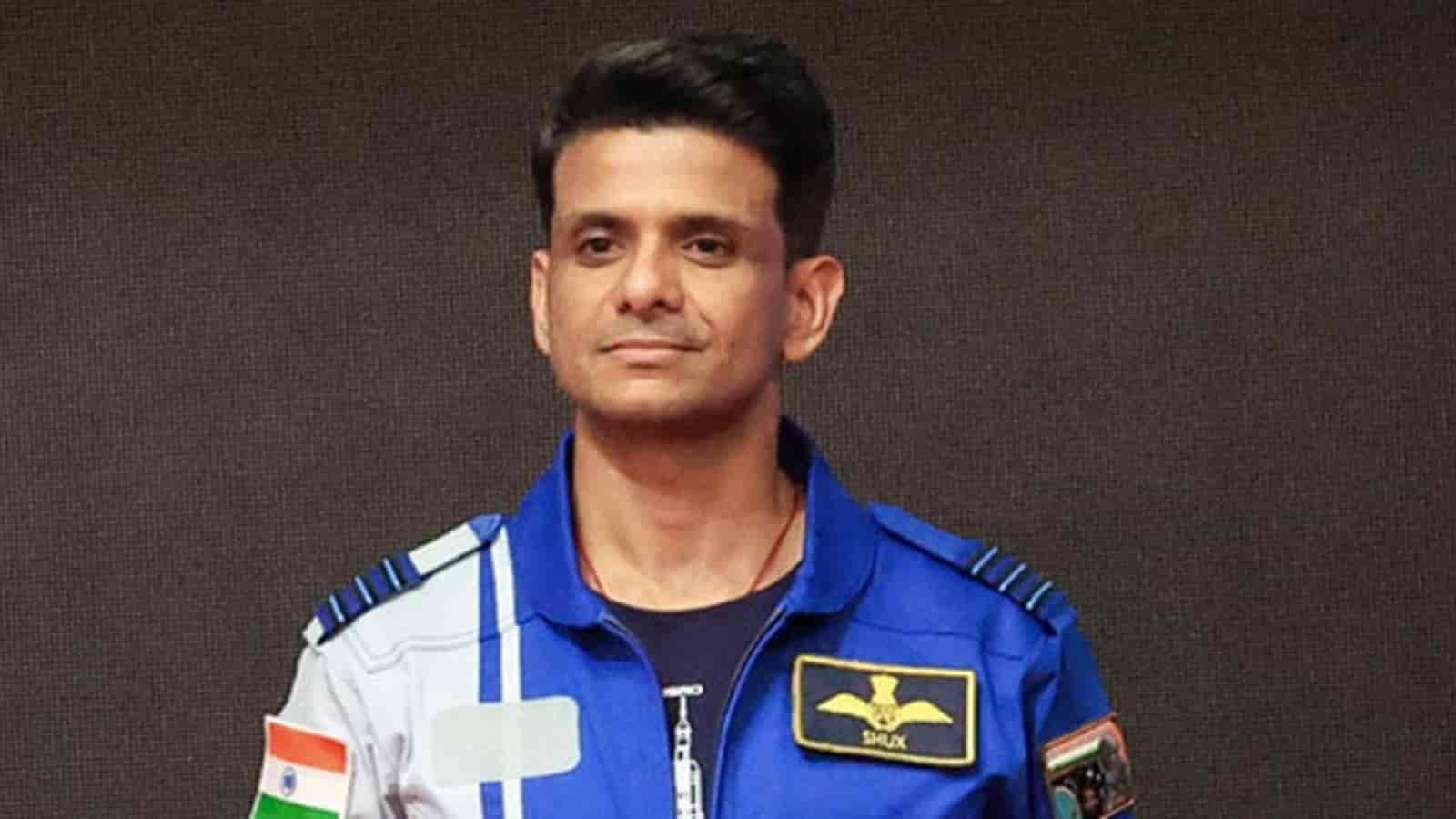The realm of space exploration has always ignited humanity’s curiosity, and the Indian Space Research Organisation (ISRO) continues to make significant strides in this noble endeavour. With the successful launch of Chandrayaan-3 on July 14, 2023, ISRO has marked another monumental achievement, propelling India into the elite group of nations capable of lunar exploration.

A Historic Touchdown
On August 23, 2023, at 12:32 UTC, a historic event unfolded as India’s Vikram lander gently touched down on the lunar surface’s southern pole. This achievement was not only a moment of pride for ISRO but also for the entire nation, as India became the fourth country to successfully land on the Moon and the first to achieve this feat near the lunar south pole.
Prime Minister Narendra Modi hailed the ISRO team’s efforts and announced that the touchdown site of the Vikram lander would be named ‘Shivshakti Point.’ Furthermore, he declared August 23 as ‘National Space Day,’ emphasizing the significance of this achievement for India’s scientific community and the nation as a whole.

The Chandrayaan Journey: From Setbacks to Success
The journey to Chandrayaan-3’s triumph wasn’t devoid of challenges. The previous mission, Chandrayaan-2, encountered a setback when the lander lost communication and deviated from its intended path during an attempted landing near the lunar south pole. Despite the setback, ISRO demonstrated resilience, learning from the experience to make Chandrayaan-3 a resounding success.
Scientific Significance of the Lunar South Pole
The choice of the lunar south pole as the landing site for Chandrayaan-3 was not arbitrary; it was based on scientific insights into the region’s unique properties. This region is of particular interest due to the presence of significant amounts of ice. The rugged terrain and unpredictable lighting conditions contribute to preserving the ice, offering an intriguing platform for scientific exploration. The ice found in this area might provide insights into the history of the Moon, Earth, and the broader Solar System.
Moreover, the ice at the lunar south pole holds practical importance for future space missions. It could serve as a potential source of drinking water and supply hydrogen for fuel, as well as oxygen for manned missions and space outposts.

Components of Chandrayaan-3: The Trio
Chandrayaan-3 is composed of three essential modules: the propulsion module, the lander (Vikram), and the rover (Pragyan).
1. Propulsion Module: This vital component carried the lander and rover configuration into lunar orbit, enabling the subsequent powered descent by the lander. Equipped with a large solar panel and a mounting structure for the lander, the propulsion module played a crucial role in orchestrating the mission’s success.
2. Lander (Vikram): The Vikram lander played a pivotal role in ensuring a safe and soft landing on the Moon’s surface. It was equipped with four landing legs and thrusters capable of producing significant thrust. Learning from the lessons of Chandrayaan-2, the Chandrayaan-3 lander featured enhancements in its design, including improved structural rigidity, increased instrumentation redundancy, and more robust landing gear.
3. Rover (Pragyan): The Pragyan rover, a six-wheeled marvel, weighed 26 kilograms and was designed to conduct a variety of experiments. It measured 917 millimeters by 750 millimeters by 397 millimeters, providing the mobility required for comprehensive scientific investigations.
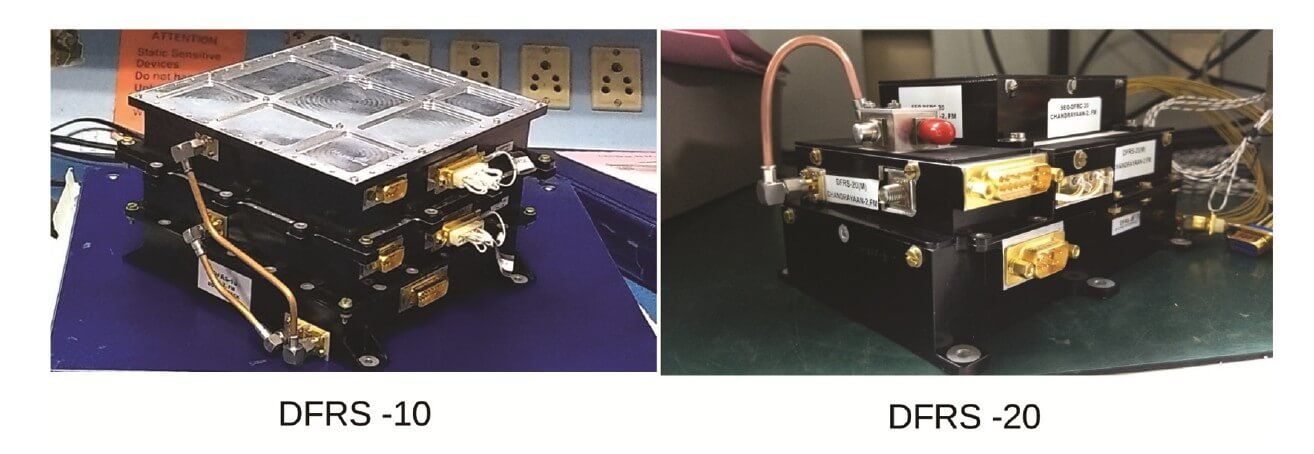
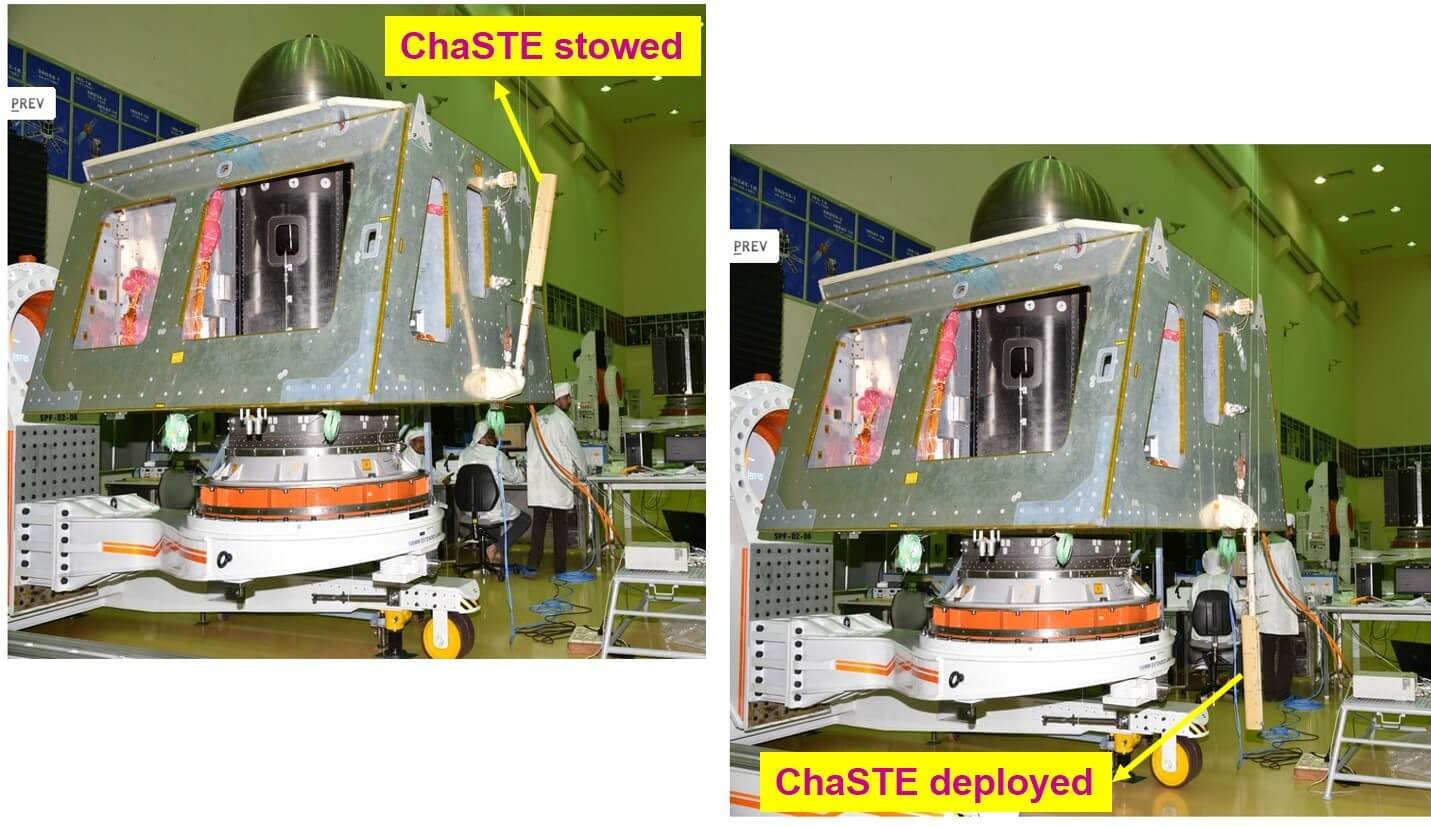

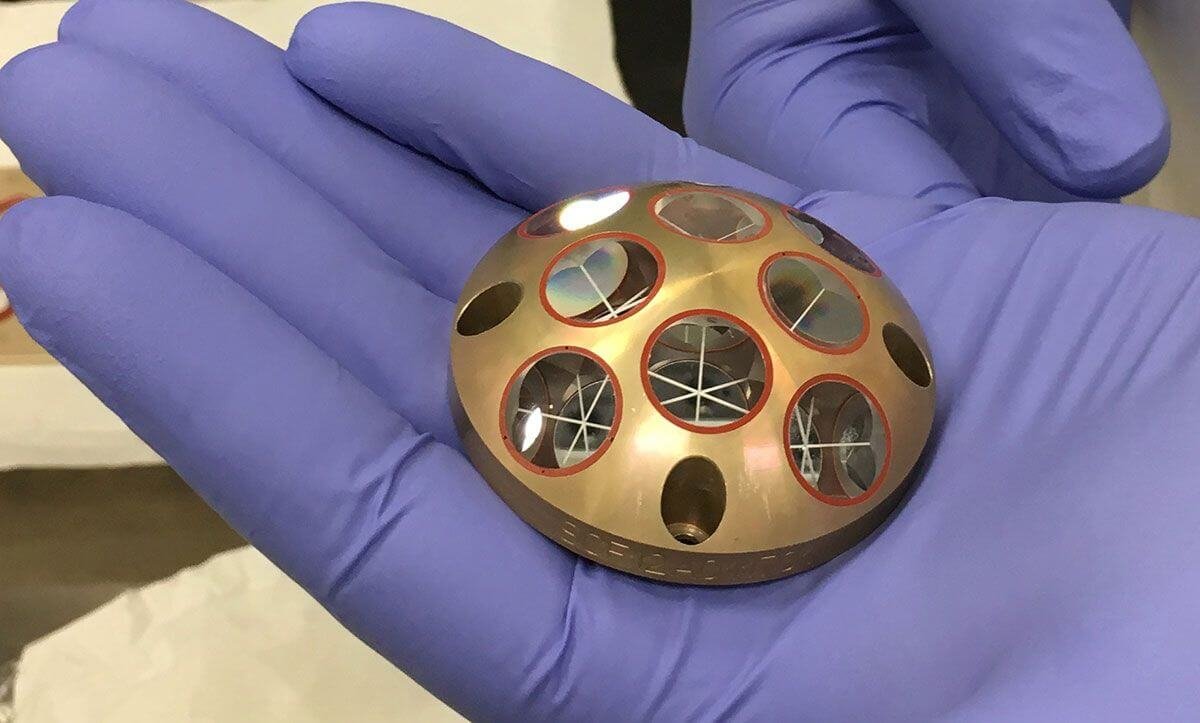
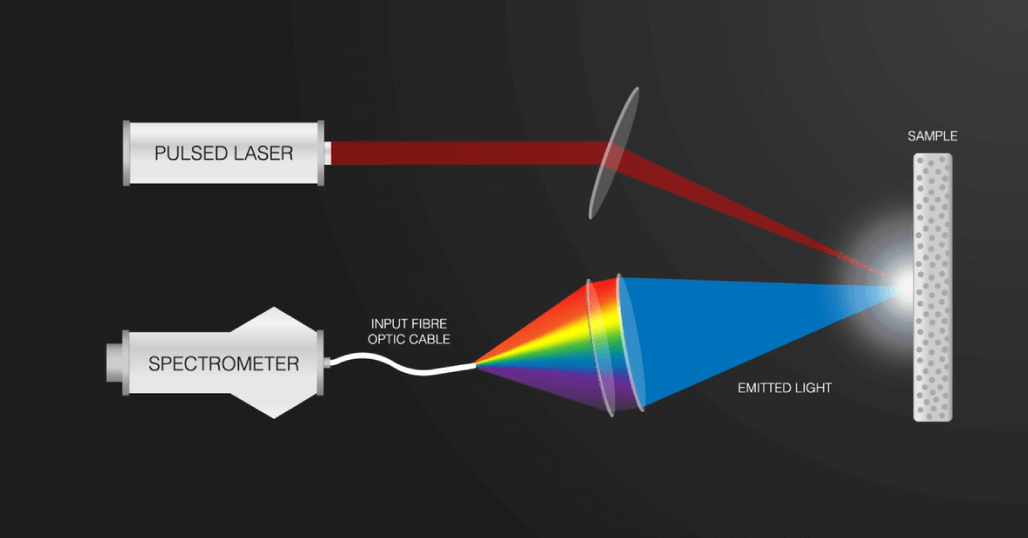
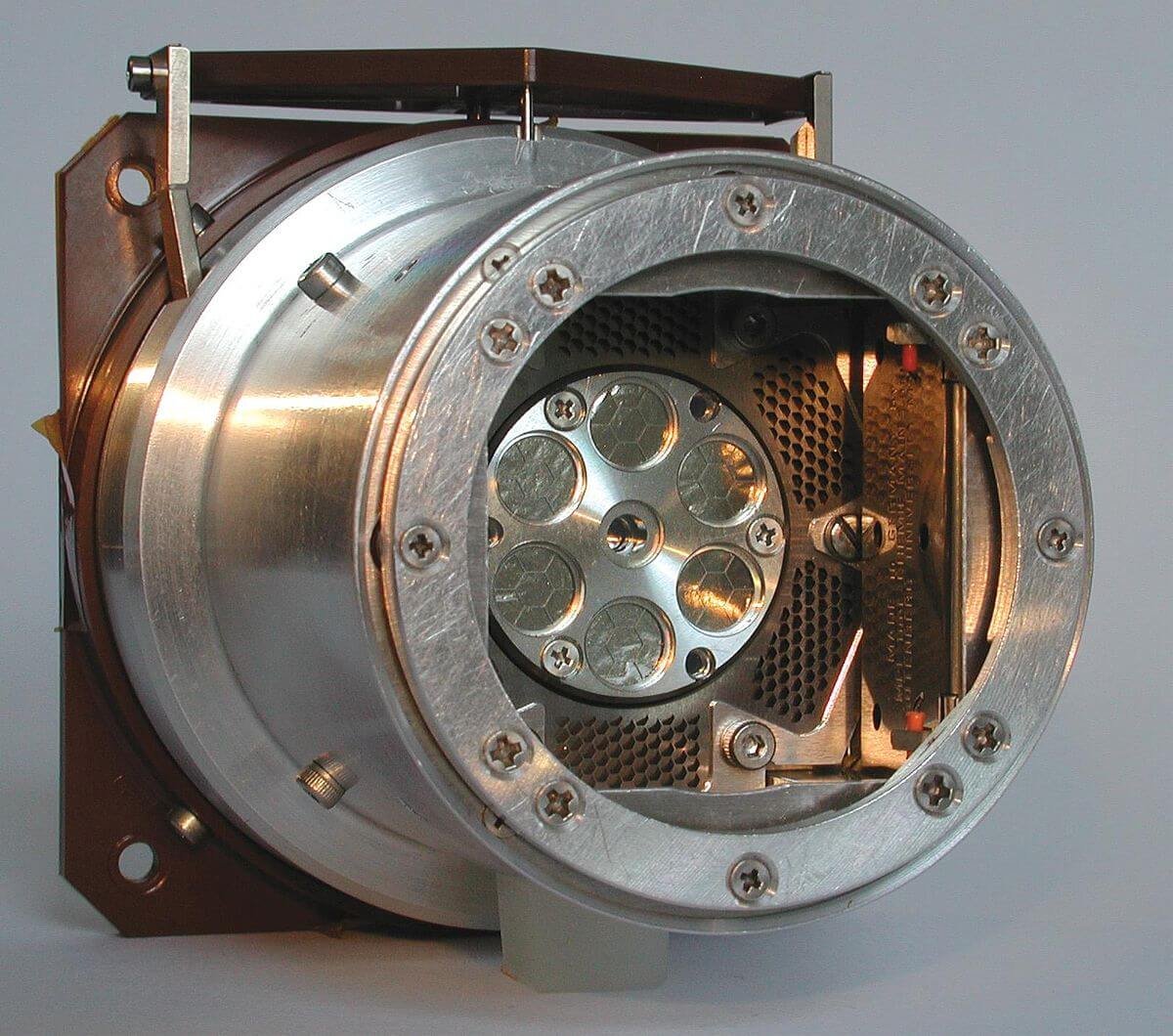
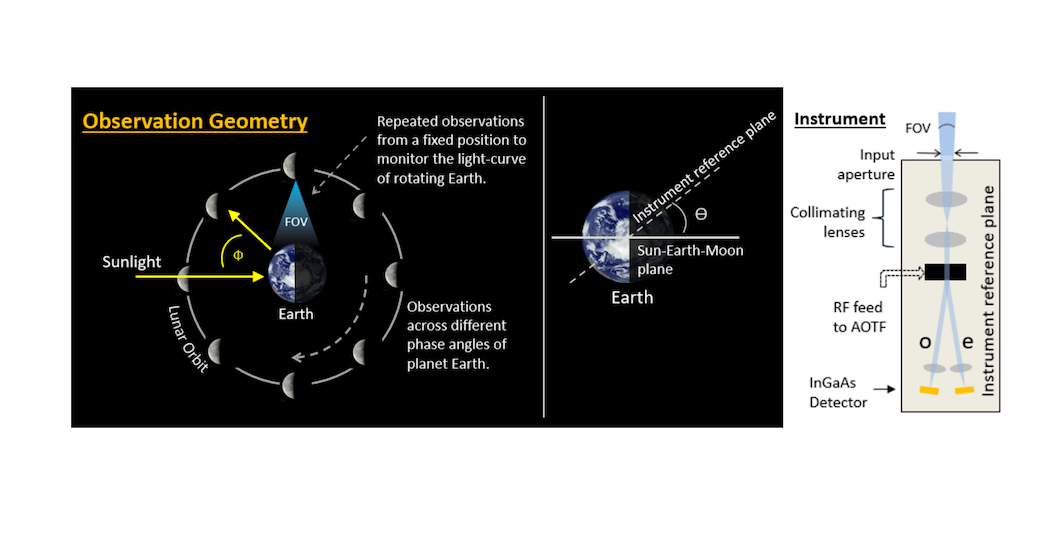
Scientific Payloads and Objectives
Chandrayaan-3’s scientific payload was carefully curated to achieve specific objectives:
Lander Payloads: Probing the Lunar Environment
-
- Radio Anatomy of Moon Bound Hypersensitive ionosphere and Atmosphere (RAMBHA): At the forefront of the lander’s scientific arsenal was the Langmuir probe (LP), an instrument with the crucial task of measuring the near-surface plasma density of ions and electrons. This data would provide insights into the ionosphere and atmosphere of the Moon, shedding light on its unique electromagnetic properties.
-
- Chandra’s Surface Thermo-physical Experiment (ChaSTE): Understanding the thermal characteristics of the lunar surface was the primary objective of ChaSTE. By measuring the thermal properties near the polar region, this experiment aimed to unravel the intricate interplay between the Moon’s surface and its environment.
-
- Instrument for Lunar Seismic Activity (ILSA): To study seismic activity around the landing site and delineate the structure of the lunar crust and mantle, the ILSA payload was deployed. This experiment would contribute to a deeper understanding of the Moon’s geological history and internal dynamics.
-
- LASER Retroreflector Array (LRA): Operating as a passive experiment, the LASER Retroreflector Array aimed to provide insights into the dynamics of the Moon’s system. By reflecting laser beams sent from Earth, this payload contributed to the ongoing effort of comprehending lunar motion and characteristics.
Rover Payloads: Deciphering Lunar Composition
-
- LASER Induced Breakdown Spectroscope (LIBS): The rover was equipped with the LASER Induced Breakdown Spectroscope to conduct qualitative and quantitative elemental analysis of the lunar surface. By determining the chemical composition and inferring mineralogical properties, this payload furthered our understanding of the Moon’s surface composition and geological history.
-
- Alpha Particle X-ray Spectrometer (APXS): The APXS payload played a pivotal role in elucidating the elemental composition of lunar soil and rocks surrounding the landing site. By analysing elements such as Mg, Al, Si, K, Ca, Ti, and Fe, APXS contributed crucial data to the broader understanding of the Moon’s composition and its evolution.
Propulsion Module Payload: Insights Beyond the Moon
- Spectro-polarimetry of Habitable Planet Earth (SHAPE): Beyond lunar exploration, the propulsion module carried the Spectro-polarimetry of Habitable Planet Earth (SHAPE) payload. This experiment aimed to study Earth from lunar orbit, focusing on spectral and polarimetric measurements in the near-infrared wavelength range. The insights gained from this payload could potentially pave the way for future discoveries of habitable exoplanets and deepen our understanding of distant planetary systems.
Mission Profile: A Delicate Dance in Space
The successful execution of Chandrayaan-3 involved a meticulously planned mission profile:
-
- Launch and Orbit: Chandrayaan-3 was launched aboard an LVM3-M4 rocket on July 14, 2023. After a series of manoeuvres, the spacecraft entered lunar orbit on August 5, 2023.
-
- Descent: The critical descent phase took place on August 23, 2023. The lander’s engines fired to initiate a controlled braking manoeuvre, gradually lowering the spacecraft’s altitude. The lander deftly adjusted its position from horizontal to vertical and slowed its descent using smaller thrusters. It touched down on the lunar surface, marking a historic achievement for India’s space exploration endeavours.
A New Dawn in Lunar Exploration
Chandrayaan-3’s success exemplifies ISRO’s dedication, innovation, and determination to push the boundaries of space exploration. The scientific insights gained from this mission will contribute to our understanding of the Moon’s history, its resources, and its potential for supporting future space missions.
As we celebrate this remarkable achievement, it’s a testament to human curiosity, ingenuity, and collaboration. Chandrayaan-3’s triumph opens a new chapter in India’s space exploration journey, inspiring generations to reach for the stars and unlock the mysteries of the cosmos.
Chandrayaan-3 has successfully soft-landed on the moon. Congratulations, India!
The Chandrayaan-3 lander is named Vikram after Dr. Vikram Sarabhai, the founder of India’s space program, symbolizing courage and valor.
The Chandrayaan-3 lunar mission is not designed for a return journey to Earth. Once the exploration concludes, the equipment will be left on the Moon. Chandrayaan-3 was launched on July 14, 2023, from the Satish Dhawan Space Centre in Sriharikota, Andhra Pradesh.
Chandrayaan-3 consists of three modules: the propulsion module, the lander (Vikram), and the rover (Pragyan). Each module plays a crucial role in the mission’s success.
The Chandrayaan-2 mission faced a setback with the loss of communication during the landing attempt. However, ISRO’s resilience and learning from past experiences contributed to Chandrayaan-3’s success.
Chandrayaan-3’s scientific objectives include studying the lunar environment, surface characteristics, seismic activity, and the Moon’s composition through various payloads on the lander and rover.
The rover is equipped with instruments such as LIBS for elemental analysis of the lunar surface and APXS for studying the elemental composition of lunar soil and rocks.
Prime Minister Narendra Modi named the Vikram lander’s touchdown site as ‘Shivshakti Point’ and declared August 23 as ‘National Space Day’ to celebrate the achievement and its significance.




